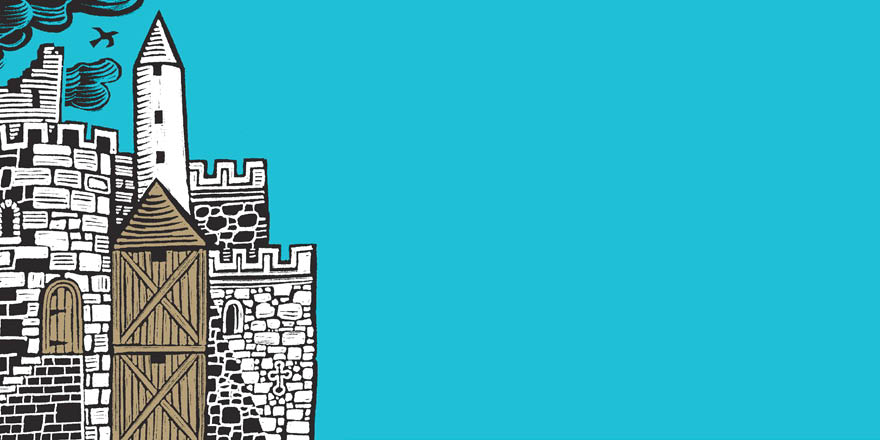
Teaching resources on Medieval Ireland
20 October 2020RIA author Máire Ní Mhaonaigh on how to inspire pupils with stories of women in Medieval Ireland, of the Otherworld and Viking names.
Máire Ní Mhaonaigh is Professor of Celtic and Medieval Studies at the University of Cambridge. Together with Sharon Arbuthnot and Gregory Toner, MRIA, she is the author of our recent publication A history of Ireland in 100 words, created in collaboration with Queen's University and Cambridge University. Teaching resources based on A history of Ireland in 100 words are being produced at present, and you can read about them in our next blog. In this blog, Professor Ní Mhaonaigh tells us about resources for teachers and pupils that have been produced by her home university and that are freely availabe to download.
'Medieval Ireland is a particular focus of resources directed at teachers and their pupils which were put together by the Department of Anglo-Saxon, Norse, and Celtic of the University of Cambridge. These draw on the electronic Dictionary of the Irish Language and were made available for download in 2019.
A number of information sheets will provide inspiration for discussion of a range of topics. These include women in Medieval Ireland, focussing on their presentation in literature and in other kinds of sources. Work sheets on specific case-studies are included exploring a queen (Maeve), a wife (Emer), a lover (Deirdre) and a female warrior (Scáthach). An introduction is provided to other kinds of documents – annals, law-texts and wisdom texts, inviting source analysis and comparison. What is really behind one ninth-century saying defining proper womanhood as having a steady tongue, a steady virtue, and being a good housewife?
A particular category of sources, medieval manuscripts, is developed in another resource, in the context of a detailed discussion of the Book of Kells. As well as providing much information on this famous manuscript, the pupil is guided through the process of undertaking research of their own and deciding what kind of questions to ask and how to find some answers. This covers history, art-history, medieval writing, as well as modern technologies such as manuscript digitization and can be used in a variety of classroom and independent learning contexts.
Those interested in material culture as well as texts will find much on offer in a series of worksheets on mounds, graves and the Otherworld. One explores the words used for various landscape features and discusses how the features themselves can help us to understand how the past was interpreted down through time. A timeline of prehistoric and medieval Ireland is included and supplementary worksheets focus on Newgrange and Tara in turn. The use of natural features in place-names and what they can tell us about the landscape is discussed in other sheets, on rivers, fords and waterways; mountains, hills and plains; as well as in terms for different kinds of settlement.
The influence of Vikings is explored in three inter-related worksheets. These discuss what contemporary sources tell us about incoming invaders and how we can evaluate that information. Looking at loan-words from Norse, and at how Vikings are revealed in personal and family names allows us to assess an intricate level of interaction between peoples: McDowells and Higgins’ out there – take note!
Delve further into Vikings in Ireland and elsewhere by exploring the Department’s website on the Viking Age 790-1066, especially designed for school courses. Detailed sections on History, Society and Culture provide the opportunity to learn about all kinds of Viking activities in Ireland, Britain and beyond, and you can compare Irish sources with what the Norse wrote about themselves.
Explore and enjoy these resources and we would be delighted to receive your comments and ideas for other topics (via e-mail: asnc@hermes.cam.ac.uk). Further resources are in preparation as part of the project ‘Spreading the Word(s)’. Follow that project on Facebook and Twitter.
With thanks to Dr Rebecca Shercliff and Brigid Ehrmantraut, Dr Ben Allport and Dr Jonathan Hui, as well as Dr Sharon Arbuthnot for ‘Spreading the Word(s)’.'
Máire Ní Mhaonaigh, October 2020.



